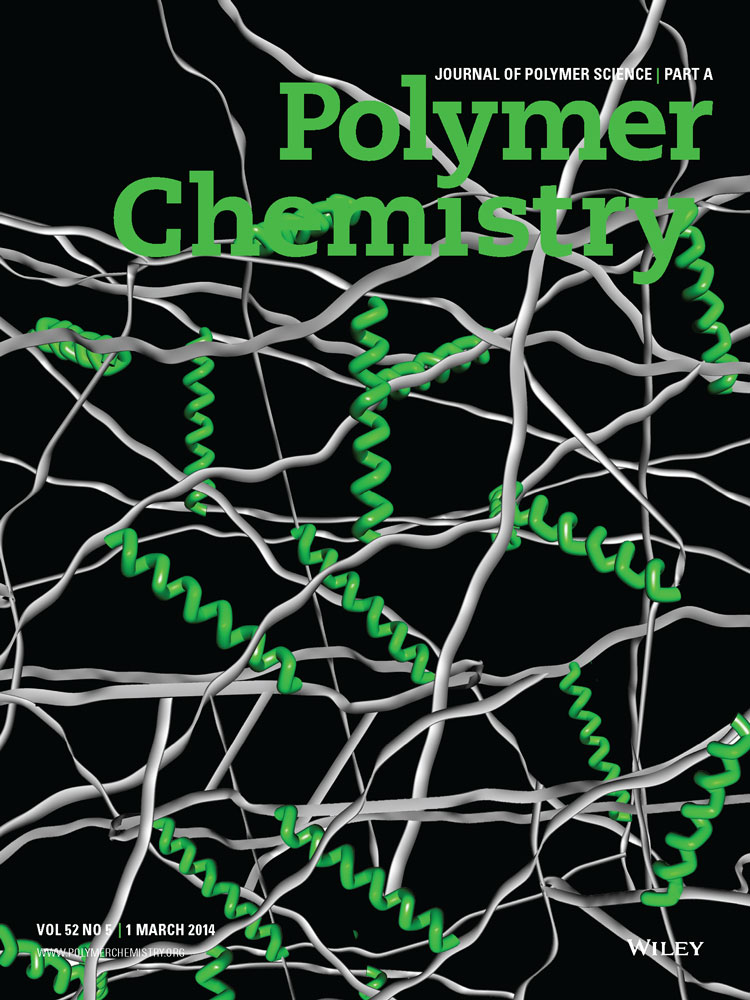Ring-opening polymerization of cyclic ethers initiated by benzazaphosphole-W(CO)5/silver hexafluoroantimonate
ABSTRACT
Attempts to prepare mixed M(0)/Ag+ complexes with µ-bridging P ligands by reaction of benzazaphosphole M(CO)5 complexes 1a–e (MW, Mo, Cr) with AgSbF6 in THF lead to rapid ring-opening polymerization of this ether at room temperature and, as shown for 1a/AgSbF6, even at low temperature. Oxetane and epoxides (styrene oxide and cyclohexene oxide) polymerize even more vigorously in the presence of this initiator and require dilution with toluene to control the strongly exothermic reaction. Related P(III)W(CO)5/AgSbF6 systems with Ph3P, (EtO)3P or 2,4,6-triphenyl-phosphinine ligands also initiate the THF polymerization, but less efficiently. Efforts to isolate the initiator complex in other solvents failed because of its high sensitivity to nucleophiles and provided 2a,characterized by crystal structure analysis as the addition product of methanol at 1a, although 1a itself is stable towards MeOH. © 2013 Wiley Periodicals, Inc. J. Polym. Sci., Part A: Polym. Chem. 2014, 52, 664–670




